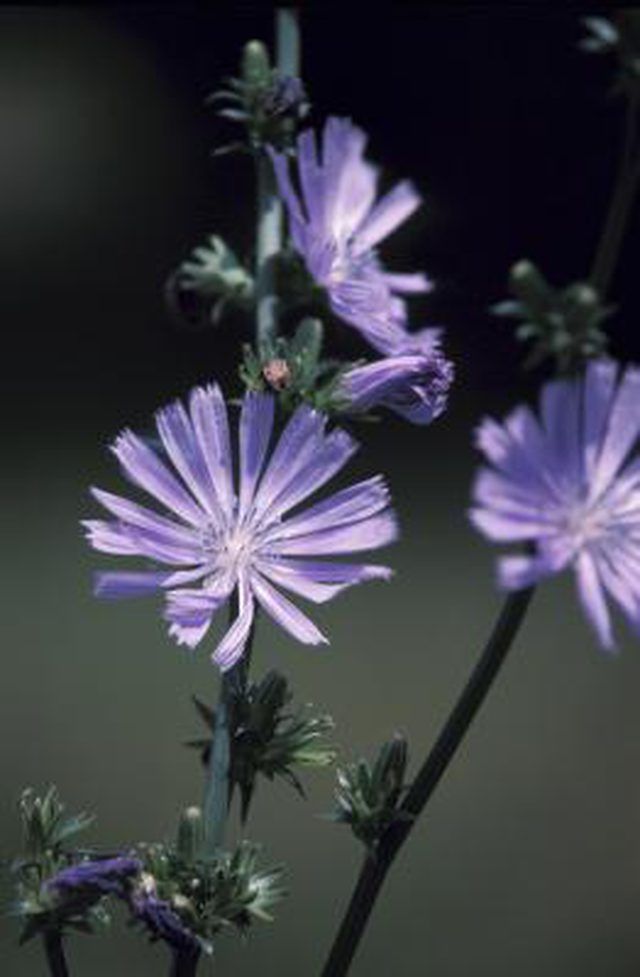Bulbs
Flower Basics
Flower Beds & Specialty Gardens
Flower Garden
Garden Furniture
Garden Gnomes
Garden Seeds
Garden Sheds
Garden Statues
Garden Tools & Supplies
Gardening Basics
Green & Organic
Groundcovers & Vines
Growing Annuals
Growing Basil
Growing Beans
Growing Berries
Growing Blueberries
Growing Cactus
Growing Corn
Growing Cotton
Growing Edibles
Growing Flowers
Growing Garlic
Growing Grapes
Growing Grass
Growing Herbs
Growing Jasmine
Growing Mint
Growing Mushrooms
Orchids
Growing Peanuts
Growing Perennials
Growing Plants
Growing Rosemary
Growing Roses
Growing Strawberries
Growing Sunflowers
Growing Thyme
Growing Tomatoes
Growing Tulips
Growing Vegetables
Herb Basics
Herb Garden
Indoor Growing
Landscaping Basics
Landscaping Patios
Landscaping Plants
Landscaping Shrubs
Landscaping Trees
Landscaping Walks & Pathways
Lawn Basics
Lawn Maintenance
Lawn Mowers
Lawn Ornaments
Lawn Planting
Lawn Tools
Outdoor Growing
Overall Landscape Planning
Pests, Weeds & Problems
Plant Basics
Rock Garden
Rose Garden
Shrubs
Soil
Specialty Gardens
Trees
Vegetable Garden
Yard Maintenance
How to Identify Chicory
How to Identify Chicory. Common chicory (Cichorium intybus) is a weed that's often found along roadsides, pastures, disturbed open areas and undeveloped landscapes. It usually grows in areas with full sunlight and clay or rocky soil. This Mediterranean native's roots can be roasted and dried for use as a coffee substitute, while the greens are used...

Common chicory (Cichorium intybus) is a weed that's often found along roadsides, pastures, disturbed open areas and undeveloped landscapes. It usually grows in areas with full sunlight and clay or rocky soil. This Mediterranean native's roots can be roasted and dried for use as a coffee substitute, while the greens are used in salads. Chicory has several distinct characteristics that make it easy to identify, although its rosette leaves do resemble those of dandelions (Taraxacum officinale). It's considered invasive in many states, according to the U.S. Department of Agriculture Natural Resources Conservation Service. Chicory grows in USDA plant hardiness zones 4 through 9, while dandelions grow in zones 3 through 9.
Examine the plant's height. Chicory usually grows between 1 and 5 feet tall with woody stems that are green or reddish-colored.
Touch the base of the stem. It should feel fuzzy or hairy with few or no upper leaves. The few leaves on the upper stem are smaller than the lower leaves, and they feel smooth.
Cut the stem to look for milky white sap.
Feel and inspect the rosette leaves. They should feel rough and hairy on both sides. They're usually 2 to 6 inches long with an oblong shape with toothed margins.
Inspect the flower heads, and count the petals. Flowers are about 1 1/2 inches wide and sky blue, white or pink. Each flower has 10 to 20 petals with a small or nonexistent stalk. The petals have toothed, square ends.
Examine the fruits. They're about 1/8 inch long, dark brown and shaped like a wedge.
Dig up the plant to examine the root. Chicory has a thick taproot that reaches up to 30 inches long. It releases a milky white sap when cut.